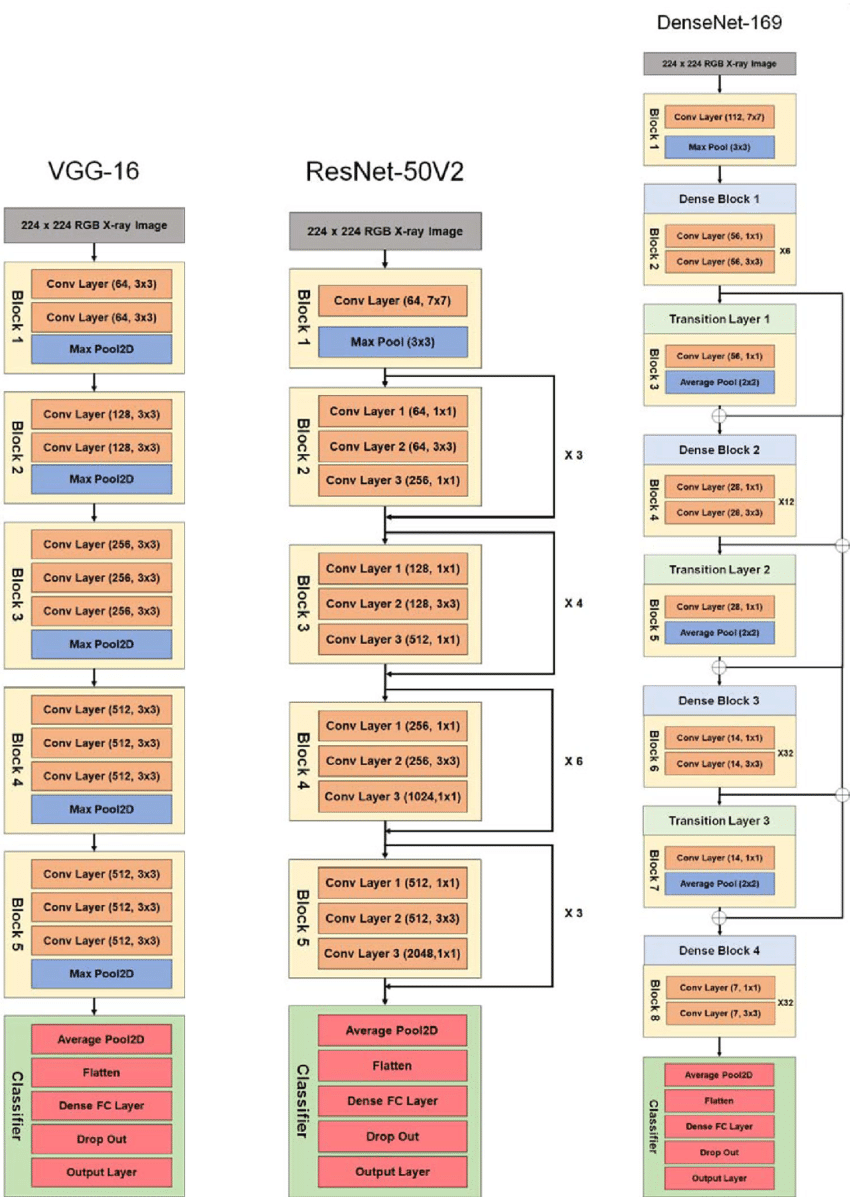[ArcFace] 推論結果がクラスラベルに依存しすぎてしまう
前提
Qiitaのサイトと,GitHubのコードを参考にしResNet50v2+ArcFaceのモデルを構築しました.
画像は物体の輪郭内を白塗りした白黒画像を使用しています.
発生している問題・エラーメッセージ
こちらのモデルは,学習時に画像とラベルの二つの情報を学習データとして与えて学習させたため,推論時には次のように画像とそのクラスラベル(1~12)の情報を同時に与えてあげる必要があります.
arcface_model = create_arcface_with_resnet50v2(input_shape, s=s_value, m=m_value) # モデル生成
predictions = arcface_model.predict([img, cls]) # softmaxの値を推論(画像(img)とそのクラスラベル(cls)を入力)
こちらに例えばクラス1の画像を1枚入力した際の出力は↓
[1.0000000e+00 0.0000000e+00 0.0000000e+00
2.3753611e-32 0.0000000e+00 0.0000000e+00
0.0000000e+00 0.0000000e+00 2.8887461e-28
0.0000000e+00 0.0000000e+00 1.3241292e-28 ]
期待通り,クラス1に該当する確率が1になります.
しかし,これをクラス1の画像であるのにクラスラベルを2(cls=2)として入力すると↓
[0.0000000e+00 1.0000000e+00 0.0000000e+00
1.1876997e-18 0.0000000e+00 4.6460828e-18
0.0000000e+00 0.0000000e+00 3.9981019e-35
0.0000000e+00 0.0000000e+00 0.0000000e+00 ]
とクラス1の画像なのにクラス2の確率が1になってしまします.
この現象は,画像はクラス1のままでクラスラベルを他の値にしても必ずそのクラスの確率が1になります.
本来であれば,画像の特徴に基づいて確率を出してほしいのに全てclsの値に依存したような結果が出力されてしまうので疑問に思いました.
いったいなぜこのような現象が起きてしまうのでしょうか.
追記
以下に,現在使用しているモデルの構造を示します.
class Arcfacelayer(Layer):
# s:softmaxの温度パラメータ, m:margin
def __init__(self, output_dim, s, m, easy_margin=False):
self.output_dim = output_dim
self.s = s
self.m = m
self.easy_margin = easy_margin
super(Arcfacelayer, self).__init__()
# モデル保存に必要
def get_config(self):
config = {
"output_dim" : self.output_dim,
"s" : self.s,
"m" : self.m,
"easy_margin" : self.easy_margin
}
base_config = super().get_config()
return dict(list(base_config.items()) + list(config.items()))
# 重みの作成
def build(self, input_shape):
# Create a trainable weight variable for this layer.
self.kernel = self.add_weight(name='kernel',
shape=(input_shape[0][1], self.output_dim),
initializer='uniform',
trainable=True)
super(Arcfacelayer, self).build(input_shape)
# mainの処理
def call(self, x):
y = x[1]
x_normalize = tf.math.l2_normalize(x[0]) # x = x'/ ||x'||2
k_normalize = tf.math.l2_normalize(self.kernel) # Wj = Wj' / ||Wj'||2
cos_m = K.cos(self.m)
sin_m = K.sin(self.m)
th = K.cos(np.pi - self.m)
mm = K.sin(np.pi - self.m) * self.m
cosine = K.dot(x_normalize, k_normalize) # W.Txの内積
sine = K.sqrt(1.0 - K.square(cosine))
phi = cosine * cos_m - sine * sin_m #cos(θ+m)の加法定理
if self.easy_margin:
phi = tf.where(cosine > 0, phi, cosine)
else:
phi = tf.where(cosine > th, phi, cosine - mm)
# 正解クラス:cos(θ+m) 他のクラス:cosθ
output = (y * phi) + ((1.0 - y) * cosine)
output *= self.s
return output
def compute_output_shape(self, input_shape):
return (input_shape[0][0], self.output_dim) #入力[x,y]のためx[0]はinput_shape[0][0]
# ResNet50v2 + ArcFace定義
# 学習に使用
def create_arcface_with_resnet50v2(input_shape, s, m):
# ResNet50V2の入力層の前に独自の入力層を追加
input_tensor = input_shape
input_model = Sequential()
input_model.add(InputLayer(input_shape=input_tensor))
input_model.add(Conv2D(3, (7, 7), padding='same'))
input_model.add(BatchNormalization())
input_model.add(Activation('relu'))
resnet50v2 = ResNet50V2(include_top=False, weights=None, input_tensor=input_model.output)
resnet50v2.load_weights('save_model(weights_imagenet)/weights_imagenet.hdf5', by_name=True)
flat = Flatten()(resnet50v2.layers[-1].output)
dense = Dense(512, activation="relu", name="hidden")(flat)
x = BatchNormalization()(dense)
yinput = Input(shape=(num_classes,)) #ArcFaceで使用
s_cos = Arcfacelayer(num_classes, s, m)([x,yinput]) #outputをクラス数と同じ数に
prediction = Dense(num_classes, activation="softmax")(s_cos)
model = Model(inputs=[resnet50v2.input,yinput], outputs=prediction)
return model
ResNet50v2の構造自体は以下の写真を参考にしていただければと思います.
補足情報
一枚に対応するimg, clsのshape
img.shape → (1, 110, 110, 1)
cls.shape → (1, 29) # one-hot
ツールのバージョン
ubuntu 20.04
Python 3.8.10
tensorflow-gpu 2.5.3
keras 2.8.0
numpy 1.19.5
jupyter lab 2.3.2
